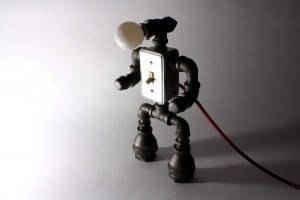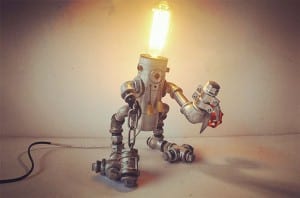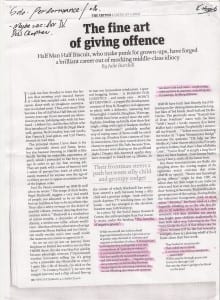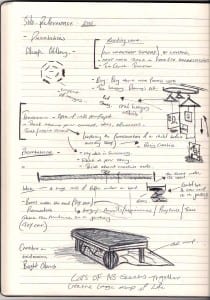This rather crudely drawn design follows as part of my original idea based around the subject of night-terrors, the idea behind this bed was that it would be built out of strong white/black water-pipe as this material is both cheap to acquire and also easy to assemble, I also toyed with the idea of making part of my performance be about construction as often children at night will find new ways to procrastinate in order to avoid the dullness that is falling to sleep. When re-thinking my idea however I was concerned with the amount of time that I would need in the overall construction and did however consider having a section of the bed half-built, in order to stick to the time-frame.

I was originally inspired by looking at amateur interior designs and the imagery they evoke when dealing with children, over-active imaginations and Not wanting to go to bed. In some respects the very act of building a bed could be the performance, however I was reluctant to pursue this as it could be compared to to an earlier university module of sight-specific and pursuing solo performance I wanted to avoid this for obvious reasons. I also think construction in a performance is some-what overdone and can often come off as cliche, without it being integrated into the performance effectively. I even considered constructing my own “Light-people” that would help give a more child-like quality to my performance.

“Dramatists frequently make use of symbols and imagery. These can richly support the impact and effectiveness of a play, allowing directors the opportunity to enhance the meaning of a playtext through drawing out the imagery or symbols in production.” (Cooper and Mackey, 2000, 91 ).

If I am honest I am a visual performer and I often can not become engrossed in a performance unless I like the visuals that are taking place on stage. I will however stress that I still watch a performance for content and not for spectacle however having something to draw the eye in a dull performance is always a good thing. Also under the bed as mentioned in a previous blog post I wanted a large car-mat, using this type of constructed bed would potentially hinder my performance and god-forbid it could completely collapse on stage, if this happened I am not sure how I could bluff my way through this.
Works Cited.
Cooper, S. and Mackey, S. (2000) Drama and Theater Studies. United Kingdom: Stanley Thrones Ltd.



